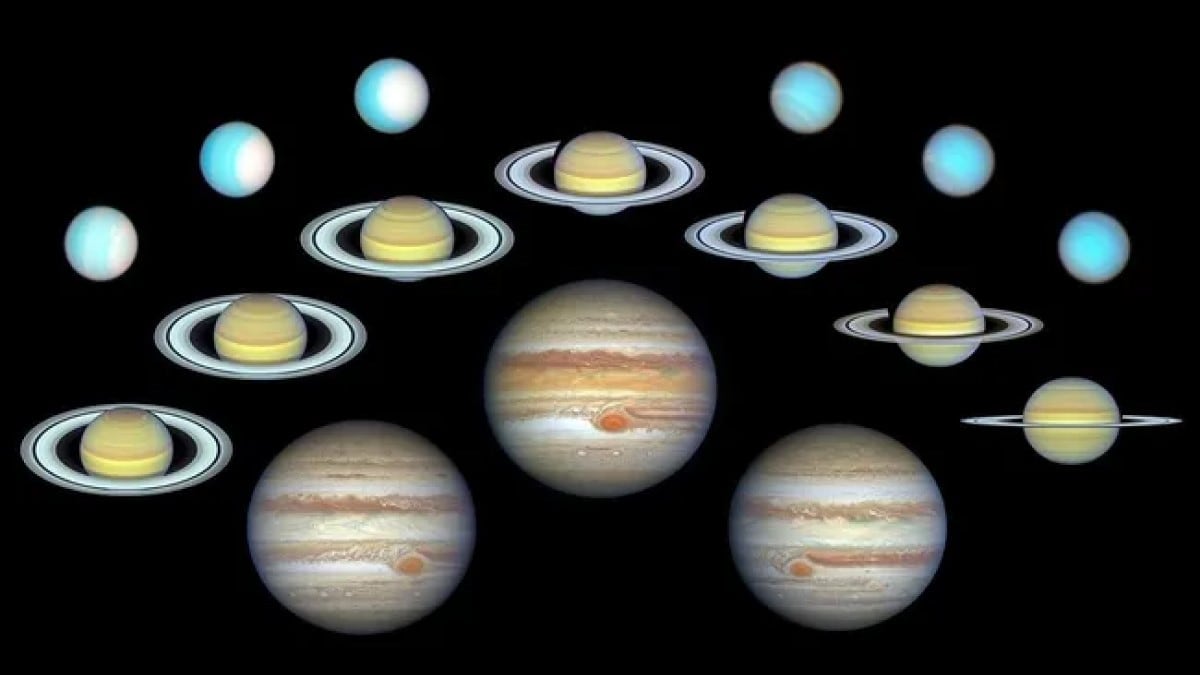A decade of observations from NASA's Hubble Space Telescope has unveiled significant changes in the atmospheres of Jupiter, Saturn, Uranus and Neptune, as per reports. These findings, gathered as part of NASA's Outer Planet Atmospheres Legacy (OPAL) program, were presented at the American Geophysical Union's December meeting in Washington, DC The OPAL initiative has tracked weather patterns and atmospheric transformations, offering valuable insights into these gas giants' dynamic systems.
Jupiter's Great Red Spot and Atmospheric Bands
The solar system's largest planet, Jupiter, has revealed shifting features through the OPAL program. Reports indicate changes in the size and structure of the Great Red Spot, a colossal storm three times the size of Earth, and atmospheric phenomena within its equatorial bands. According to to NASA data, the planet's minimal axial tilt of three degrees results in limited seasonal variability, contrasting with Earth's more pronounced seasonal changes caused by a 23.5-degree tilt.
Saturn's Seasonal Phenomena and Ring Activity
Reportedly, Saturn's atmospheric conditions, influenced by its 26.7-degree tilt, have been documented across its 29-year orbit. OPAL findings include color variations and cloud depth shifts correlating with the planet's seasonal transitions. The telescope also captured the elusive dark ring spokes, which, based on data, are driven by seasonal factors. Initially identified during NASA's Voyager missions, these phenomena now have clearer observational timelines due to Hubble's contributions.
Uranus' Polar Brightness Increasing
With its extreme axial tilt and an 84-year orbit, Uranus has displayed gradual but noticeable changes. According to research data, the northern hemisphere's polar cap has brightened over time, aligning with its approach to a summer solstice expected in 2028. Hubble's consistent monitoring has enabled these long-term observations.
Neptune's Storms and Solar Cycle Link
Neptune, the farthest of the four, has revealed dark storms, including one first observed in 2018 and another documented in 2021. Based on OPAL analysis, these storms dissipate near the equator. Observations have linked Neptune's atmospheric conditions to the solar cycle, suggesting interconnected planetary weather influences. Reports indicate that OPAL's ten-year survey has enriched understanding, with findings shared in over 60 scientific publications.


